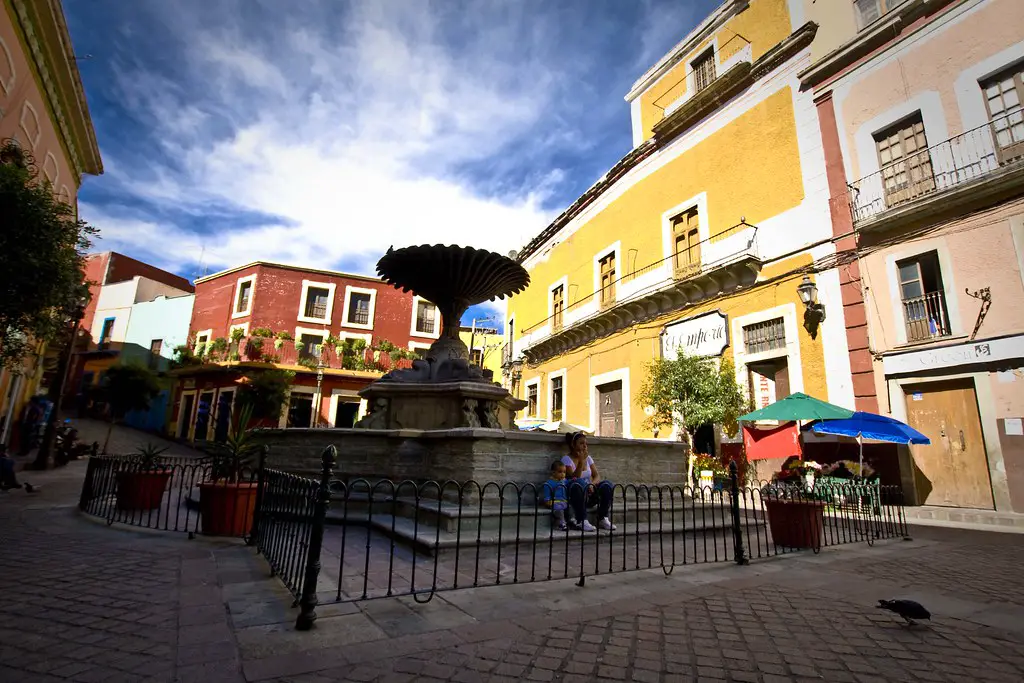If you have even an inkling of the general direction urban studies is going in, you probably know that the suburbs are the wellspring of all things inefficient, dirty and conceited. Loosely packed strips of suburbia spelled economic ruin for overextended budgets throughout the US, and all those two car garages meant an ever-bloating plume of greenhouse gasses floating in our planet’s atmosphere. Suburbs would be the end of our greatness, we are told, and the only way to get back on track was to raze the American Dream and replace it with a 3rd floor walkup and a subway pass.
Easy enough, right?
But changing the living arrangements of tens of millions of Americans isn’t as easy as simply changing their tastes in geography. Sure, cities are getting more desirable for young, creative Americans, but how many can afford to stay in the city when they start a family and need to move out of their closet-sized studio? And can you blame the couple that wants their own patch of green without having to wake up the sound of garbage trucks and revelers at 4 AM?
The suburbs resemble that escape hatch from the pressures of city life. It’s the easy way out. Walking 5 blocks to the dirty, either freezing or boiling subway to wait for a train and get to the crowded and overpriced grocery store, or hop in your car, drive five minutes, and not have to carry your groceries more than 60 collective feet. Yes, there are days when I long for the suburbs. And yes, I can hear the collective groan of my hardened urbanist friends now.
But the suburbs are far from perfection, breeding inefficiencies and inequalities of the economic, environmental and demographic form. They can’t be unbuilt though, so here’s a list of current problems and potential fixes for our neighbours in the sprawl:
1. Energy and Resource Use
Vertical living is relatively easy on the earth: hot water is typically communal, cutting out the need for individual tanks for every 3 or 4 people. Electricity distribution is concentrated as is potable water infrastructure and heating, and smaller abodes typically mean less intense energy use. You’re also squeezing more people into less space allowing goods and services to be more efficiently parceled out.
Most of the efficiencies that can squeezed out of the suburbs are in transportation-related improvements, but there is still ground to be broken on immobile energy technology. Solar water heaters have been installed on top of 30 million households in China and the technology has gotten to the point where the panels operate even when the sun isn’t blazing. District heating, where temperatures for thousands of homes can be regulated by a single, centralized plant, has been embraced by countries in Europe and Asia and plants are increasingly turning away from fossil fuels in favor of alternative energy. The best part: neither technology is density dependent. You can have your yard and trimmed hedges and nosy neighbors and still heat your house and your showers without the inconvenient plume of carbon dioxide.
2. Environmental Degradation Due to Development
Suburban buildings harm the environment for a pretty simple reason: they’re new. Even if they’re built out of recycled pizza by a hemp clad all-vegan construction crew and go LEED triple platinum, new buildings still leave a foundation-sized footprint and, as the well worn theory goes, used always trumps new when it comes to the environment. Those negative impacts are magnified when firms decide to build in geographies that are, outside of millions of dollars in resource infrastructure, generally uninhabitable. Thousands of people were never meant to live in the Nevada of Arizona desert, so why are we building sprawling ranch houses with lush green lawns outside of Las Vegas and Tucson? Well, because we keep buying them.
Once again the secret to improving the environment is in the economy. When you buy a house in the ‘burbs, you are buying a final realization, a product of brick and mortar and sweat and engineering without having to pay for the externalities associated with the your home—the miles of pipe sucking water from an overworked aquifer, the stretch of concrete from your garage to a major onramp, etc. The non-inclusive (and often, non-monetized) costs are called externalities and there has been a decades’ long clamoring to capture these costs correctly in the form of excise taxes. The argument has generally been focused on drivers who have been paying a paltry $0.184 in gas taxes to the Federal government for two decades—even conservative economists say that it doesn’t even begin to capture the true cost of driving.
So what if we actually made developers and surburbanites pay the true cost of that immaculate green rectangle and spare bedroom? It sounds coldly practical but monetizing and penalizing for environmental degradation is among the only ways to actually influence development and consumer actions; if you want to move to the middle of the desert and expect a constant source of freshwater where there just isn’t any, then you (and the firm that built your home) should have to pay for more than just the infrastructure, you should have to pay what it actually costs the environment as a whole.
3. Transportation
If there’s one thing about living in suburban California I’ve learned it’s that driving is a necessity. The nearest grocery store is 1.5 miles away, my brother’s school is another 5, and the majority of jobs are between 10 and 50. There’s a bus system on main thoroughfares but, in what seems like a complete slap in the collective face of urban planning and/or simple logic, residences aren’t on any of the main thoroughfares. Transportation in the suburbs is not a structural problem, it’s a geographic one.
$4 per gallon gas isn’t enough to change driving habits significantly nor is it enough to spur ambitious and ubiquitous pursuit towards alternative methods of propulsion. The general consensus, though, is that oil production will peak and begin a relatively swift decline especially as the economies of India, China, and Brazil step up their demand for light sweet crude. Americans will eventually be looking down the barrel at $10 or $12 gasoline—more than enough to drive major automotive manufacturers towards something other than combustion engines.
We’ve seen what industry titans like Nissan and Chevrolet can do with relatively modest cuts of their R&D budgets, as well as what boutique companies like Tesla and, more recently, Fisker can cut from whole cloth in terms of all electric vehicles. Others have experimented with hydrogen-powered vehicles, but these are almost exclusively niche products.
Of course, there is the argument that the volume of emissions and waste that goes into making a new car negates the effect that any low-or-zero emission car will have over its lifetime. But that theory lacks foresight. If alternative energy vehicles begin to switch market positions with their petrol-powered counterparts then eventually you create a secondary market that is essentially zero-impact and, by proxy, allow communities that are auto-based become saturated with earth friendly cars.
That endgame is down the road, admittedly, but one wonders what auto manufacturers could do if they really put their collective backs into creating more than niche vehicles. Would two car garages be as menacing to the progressive urbanist if they housed a Leaf and a Volt?
We’ve gotten ourselves into a mess when it comes to suburban sprawl but it’s not the type of problem that can be solved through tearing down and building back up. The imprint of the suburbs will last for decades in the US, and people will continue to leave apartment blocks for ranch houses and colonials for reasons of cost and aesthetics and health while simultaneously degrading the environment and straining the country’s infrastructure. Inefficiencies abound but razing the ‘burbs isn’t the answer, as much as many of you want it to be! Changing the culture is a much cleaner alternative.
Photo: ulybug


